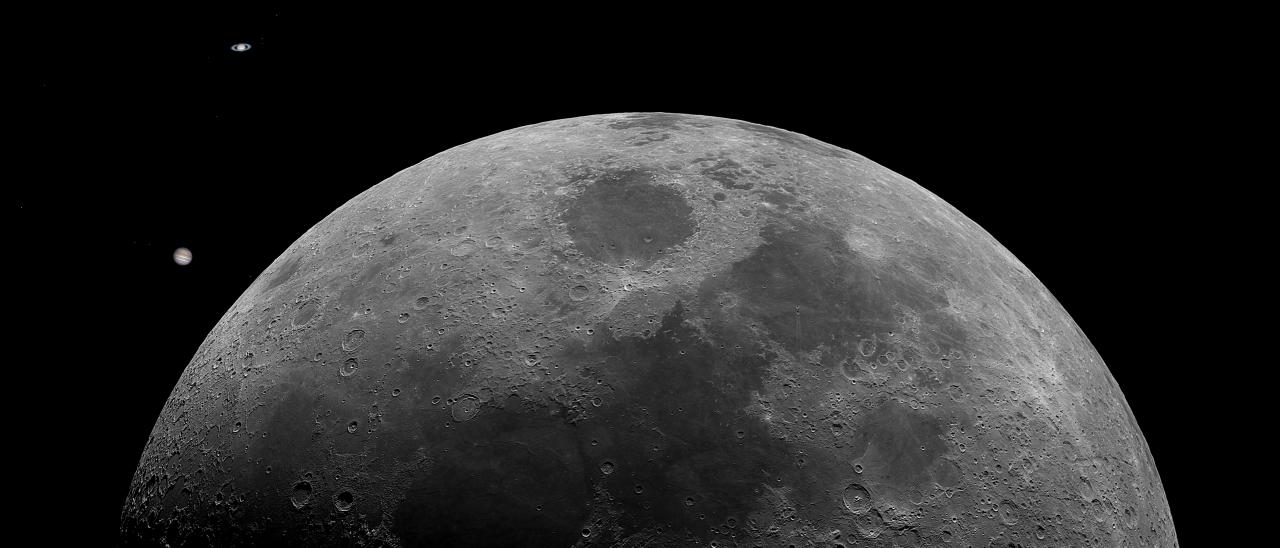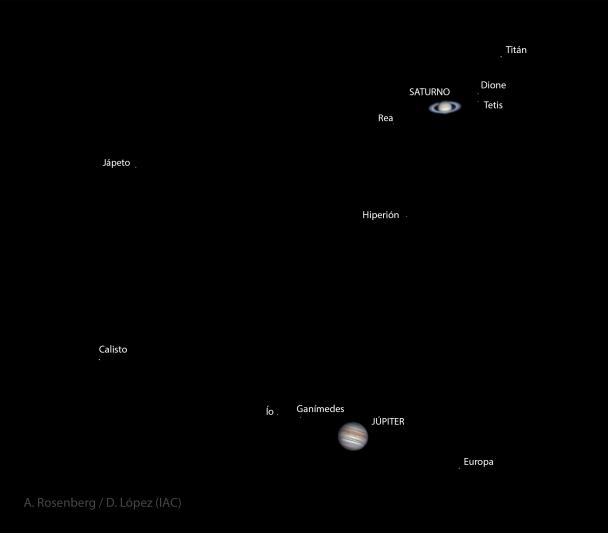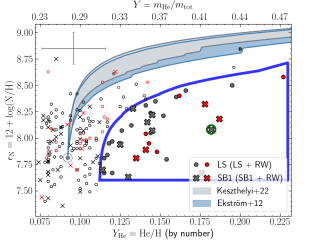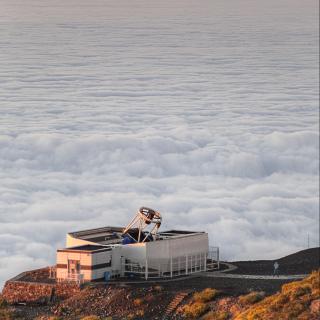The astronomical event of the year took place on December 21st, a very close conjunction of Jupiter and Saturn which was broadcast on Internet in the channel of astronomical events Sky Live TV and the Cultural Section of Astronomy Cassiopeia of the University of La Laguna on the 20th and 21st from the Teide Observatory. Images and videos of the conjunction were taken, and they are detailed in this press release.
- Sky Live broadcast: https://youtu.be/NdpNfUiMFO0
Broadcast from the Cultural Section of Astronomy Cassiopeia: https://youtu.be/koxLH4Y8Kr8
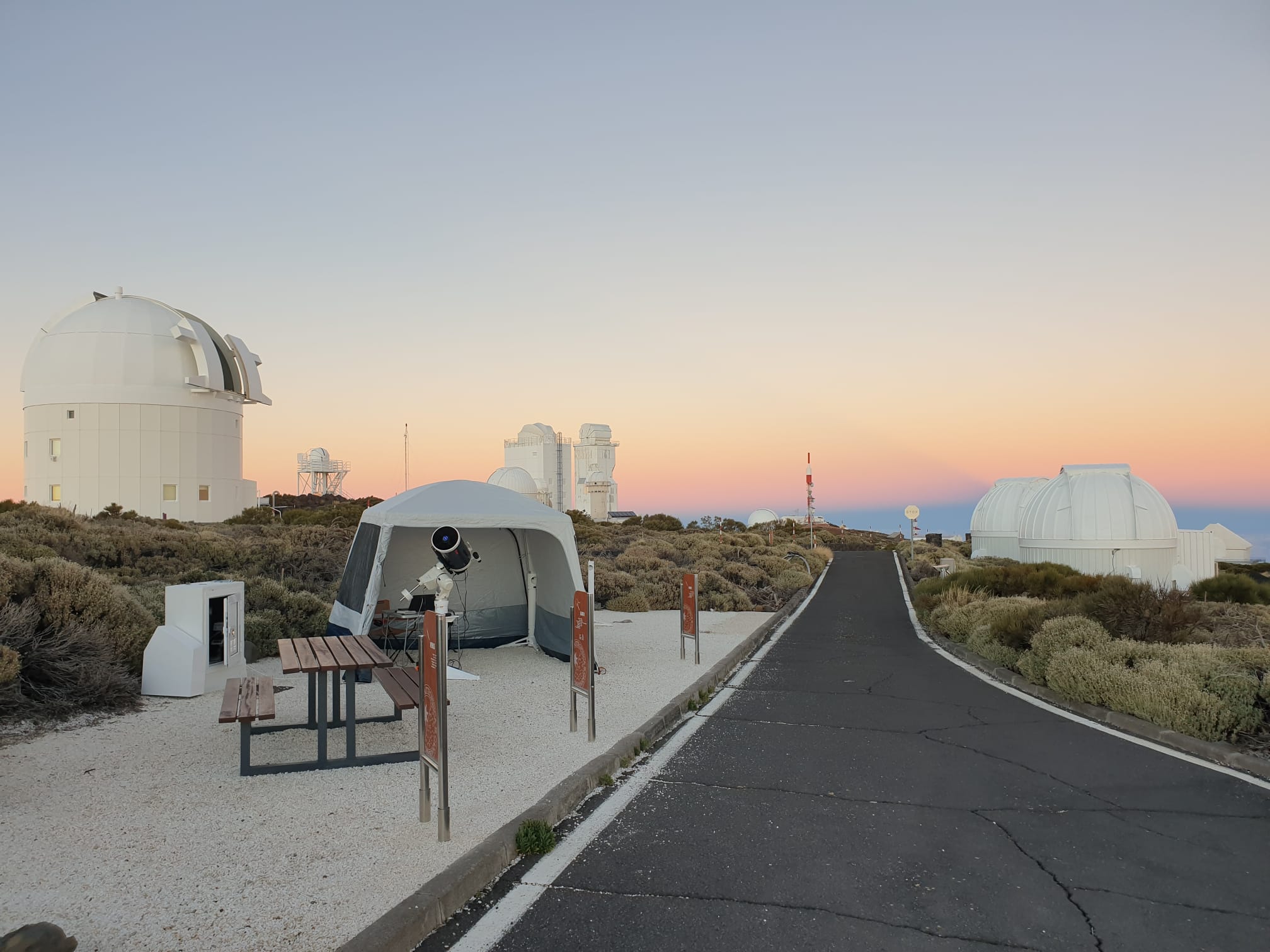
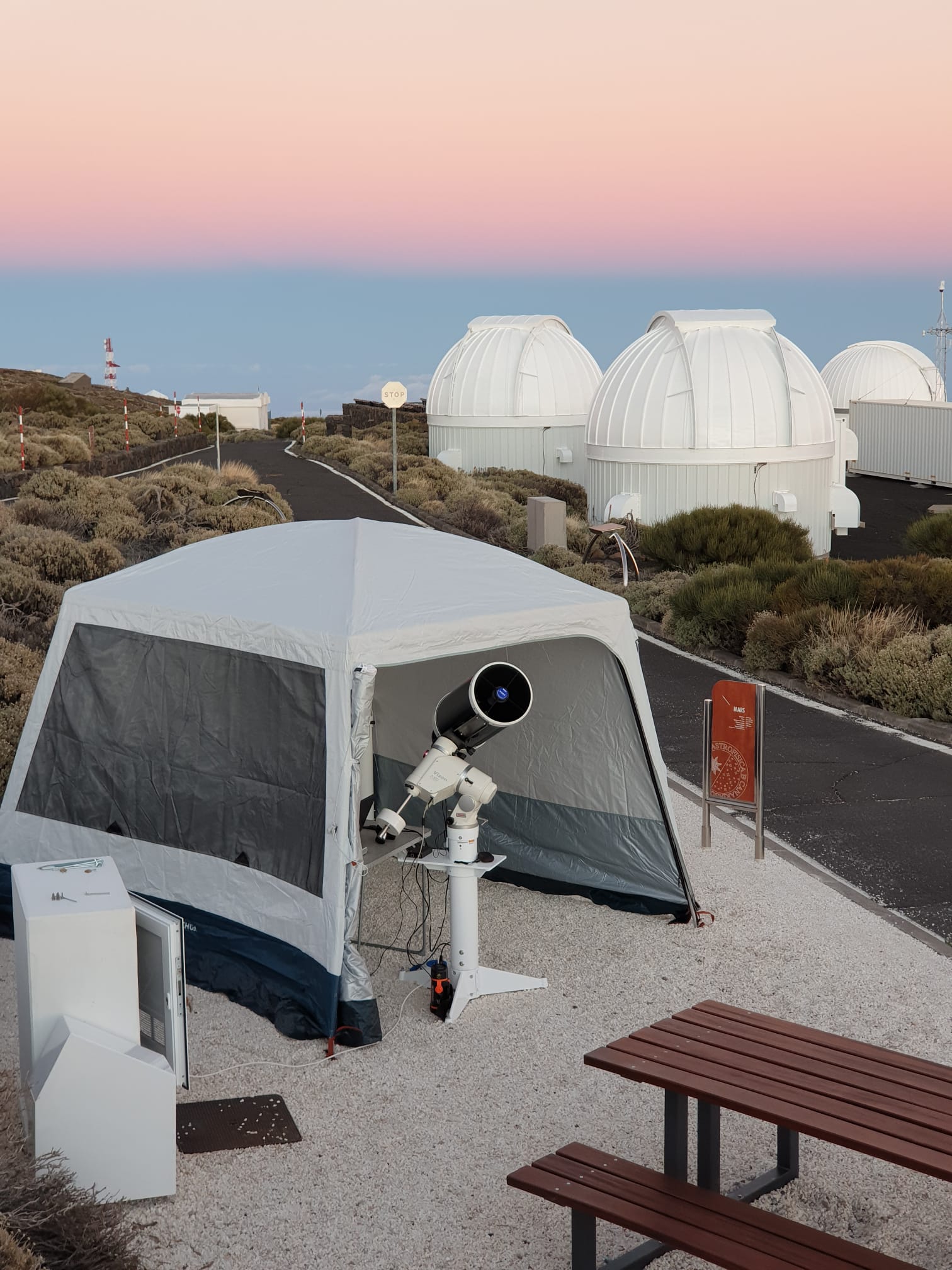
Videos:
1. Timelapse of the profile of the Teide Observatory and the conjunction of Jupiter and Saturn
Timelapse sequence during the conjunction of Jupiter and Saturn after sunset on December 21st over the Teide Observatory. You can see the moons Callisto and Europa at either side of Jupiter (the brightest object) and Titan close to Saturn (the second brightest object). Io and Ganymede, close to Jupiter are almost occulted by its glare. The relative displacement between the planets is just about along the line drawn by the Galilean satellites of Jupiter. Credit: Daniel López
Link: https://youtu.be/7Z9sgmsgWyw
2. Timelapse of the conjunction of Jupiter and Saturn on December 21st, with enhancement.
In this sequence, with more detail, and following the planets, you can now see the four Galilean satellites of Jupiter (Io, Europa, Ganymede, and Callisto) as well as Titan and Rhea on either side of Saturn. Credit: Daniel Lopez/IAC.
Link: https://youtu.be/CICyl3KHo4o
Timelapse, December 21st following the conjunction of Jupiter and Saturn.
The low position of the planets after the Sun had set did not let images of such high quality to be taken as when they were higher in the sky. In this sequence they are situated between the domes of the Optical Ground Station (OGS) and GREGOR, the largest solar telescope in Europe. Credit: Daniel López/IAC.
Link: https://youtu.be/4dejRpHGlNw
4. Timelapse on December 21st of the conjunction of Jupiter and Saturn above a panorama of the Teide Observatory.
Sequence of the planets at maximum conjunction above a panorama of the Teide Observatory.
Link: https://youtu.be/bibOuJqNfDU
5. Timelapse of the conjunction on December 21st of the conjunction of Jupiter and Saturn above the profile of the Teide Observatory.
This sequence was in fact made on December 19th, and allows us to see how the planets had moved from one night to another with respect to the stars and to one another, as well as the variation of the positions of their moons. Credit: Daniel López/IAC.
Link: https://youtu.be/cwKJDsJkr6s
